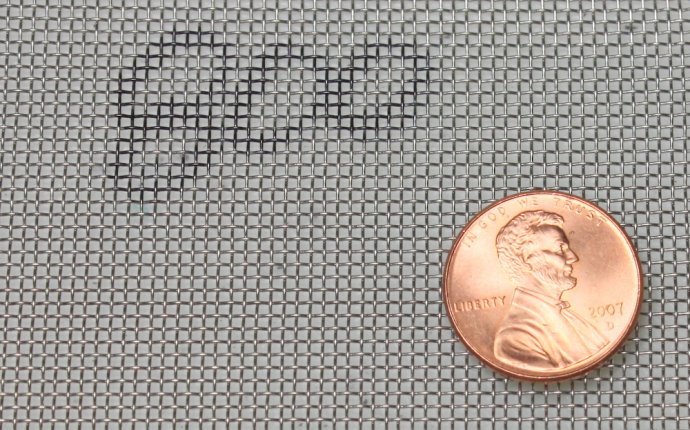
Standard Windows Screen Mesh Size
Various sizes of screen mesh have been used to sort archaeological deposits excavated in San Diego County. Probably the most common, in descending order of frequency, have been 1/8-inch, 1/4-inch, 1/16-inch, and 1/2-inch (respectively 3, 6, 1.6, and 13 millimeters). In most situations, the use of finer-mesh screen increases the amount of material recovered, whereas the use of coarser-mesh screen reduces sorting time. Decisions on the optimal mesh size to use in various situations have generally been made in accordance with conventional practice or based on intuitive impressions of efficiency and effectiveness. This has rarely been addressed as an explicit methodological research issue.
In a study in the Great Basin, David Hurst Thomas (1969) reported that the use of 1/4-inch mesh resulted in the loss of 75-100% of bone from mouse- and gopher-sized mammals, 39-100% of the bone from ground squirrel-sized mammals, and 38-88% of lagomorph bone, but with no significant loss of bone from medium or large mammals.
Dennis H. O'Neil (1982) excavated SDM-W-1556, a primarily Late Prehistoric habitation site in San Marcos, with a mixture of 1/4-inch, 1/8-inch, and 1/16-inch mesh screen. He noted that "it became abundantly clear that anything larger than 1/8" mesh was inadequate at recovering small bone fragments" and that "if the entire site had been screened through 1/16" mesh...the [early historic glass] bead recovery rate would have been much higher, but the time spent excavating would have doubled" (O'Neil 1962:17). He also reported an experiment that addressed the effects of mesh size on recovery rates. A 25-centimeter-square column sample was sorted through stacked 4-, 2-, and 1-millimeter mesh screens (respectively about 1/6", 1/13", and 1/26" mesh). The study indicated that, by raw counts, most of the lithic wastes and almost all of the bone passed through the coarser mesh. (The study did not report proportions by weight or the proportions of the recovered bone that were identifiable.)
| Percentage Recoveries from a Column Sample (O'Neil 1982) | |||
| 4 mm | 2 mm | 1 mm | |
| Lithic Wastes | 46 % | 44 % | 10 % |
| Bone | 4 % | 31 % | 65 % |
Richard L. Reynolds (1987:E-41), discussing faunal evidence from Westwood Valley near Rancho Bernardo, commented that "the use of 1/8-inch mesh...has undoubtedly resulted in the loss of significant quantities of [faunal] material referable to rabbit-, rat-, and mouse-size classes, which seriously biases the data." He added that "statistics (from Luiseño sites that were collected with both 1/8- and 1/16-inch mesh screen) indicate that up to 67% of the rabbit-size specimens can be lost when only using 1/8-inch mesh screens in faunal recovery" (Reynolds 1987:E-53).
Jean Hudson (1995) compared the recovery of faunal remains from 1/8-inch and 1/16-inch mesh at SDI-13, 325. She concluded that the use of the coarser mesh had no effect on the ranked importance by weight of major categories (fish, large mammals, etc.), although some species, particularly some kinds of fish, were represented only in the 1/16-inch sample. In another study at three Camp Pendleton sites, Hudson (1996) noted that the use of 1/16-inch mesh dramatically increased the amount of bone recovered and that small fish were underrepresented in the more coarsely sorted samples.









